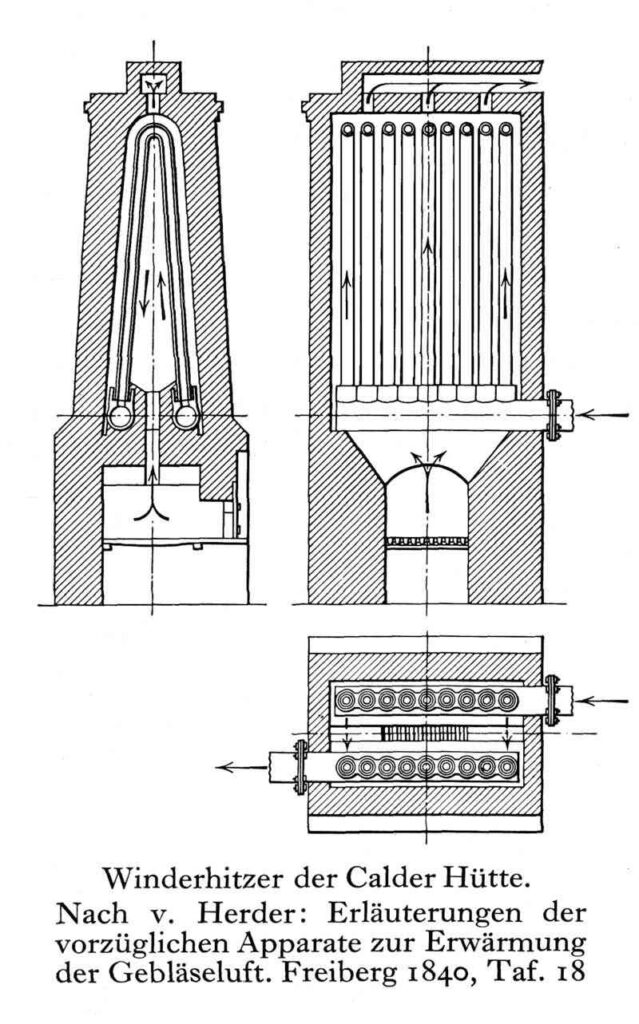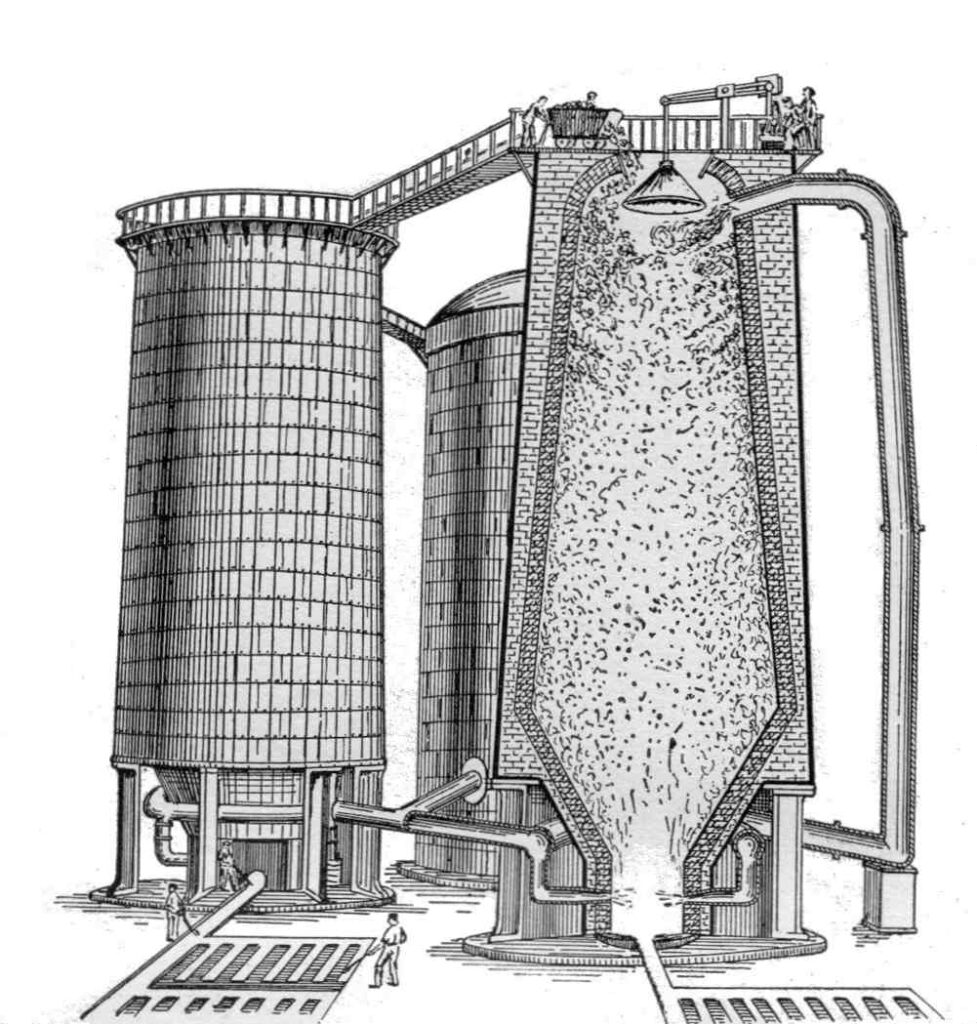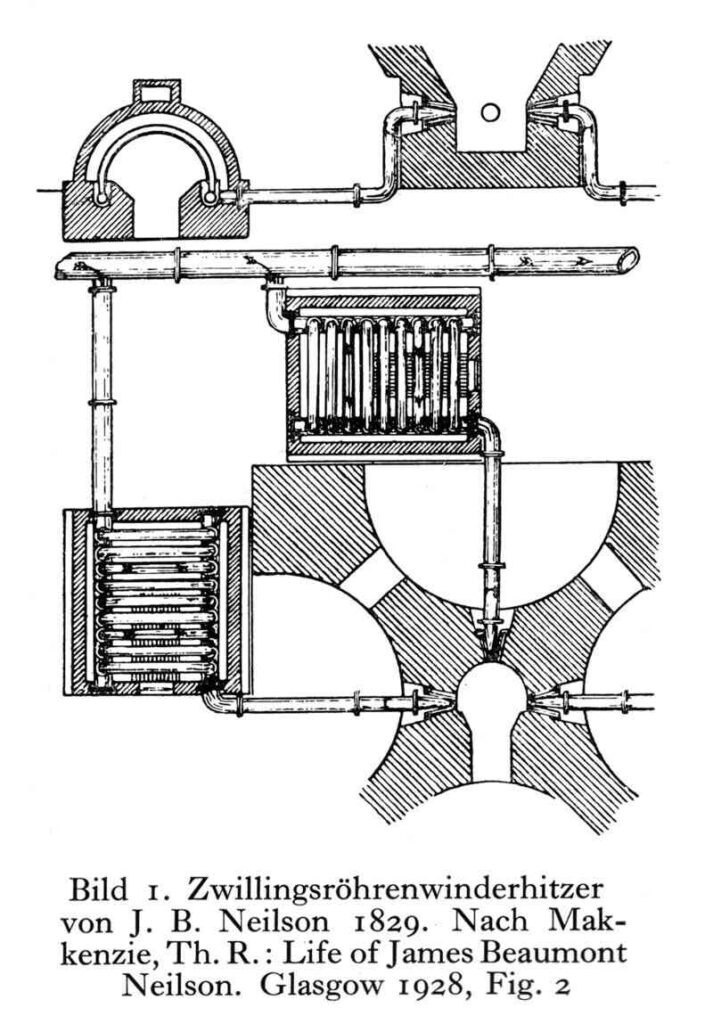James Beaumont Neilson (22 June 1792 – 18 January 1865) was a Scottish inventor whose hot-blast process greatly increased the efficiency of smelting iron.
While trying to solve a problem with a blast furnace at Wilsontown Ironworks, Neilson realized that the fuel efficiency of the furnace could be increased by blowing it with hot air, rather than cold air, by passing it through a red-hot vessel. Experiments were continued at Clyde Iron Works, leading to his forming a partnership with Charles Macintosh and others to exploit it. Patents were obtained for the system in 1828.

Photo: James Beaumont Neilson
The use of the hot blast tripled iron output per ton of coal and permitted the profitable recovery of iron from lower-grade ores. It also made possible the efficient use of raw coal and lower grades of coal instead of coke and permitted the construction of larger smelting furnaces. Experimentation showed that a temperature of 600° Fahrenheit reduced consumption to a third of that with cold blast.

Photo: Andy Dingley (scanner)
In the early 1830s litigation was successfully conducted against those who adopted his methods without license. After that, Neilson and his partners licensed it widely at one shilling per ton iron made, a level low enough to discourage evasion. The royalties were initially low, but by 1840 were producing £30,000 per year.

Photo: James Beaumont Neilson
For those who want to know more about this important invention, I recommend ‘Of Patents, Principles, and the Construction of Heroic Invention: The Case of Neilson’s Hot Blast in Iron Production’ by David Philip Miller.
About the Author:

Bruno Dursin – Managing Director at Believe in Steel. Bruno has more than 30 years of experience in promoting steel & steel solutions. His clients benefit from his extensive network within the building industry.



